Global rating agency Moody’s Investors Service, in its periodic review of Sri Lanka’s credit profile, noted that the country’s ratings reflect weak debt affordability and a high debt burden, which continue to limit fiscal flexibility and the government’s ability to absorb shocks or address social and climate-related challenges.
While external vulnerability and liquidity risks have eased following the April 2022 debt restructuring and improved foreign exchange reserves, the economy remains heavily reliant on external financing, Moodys said.
It highlighted that the still-narrow government revenue base and limited fiscal space, combined with heavy reliance on external financing, is a source of downside credit risk, in particular should the global macroeconomic environment become less supportive.
Moody’s also said that the upward pressure on the ratings would emerge if further reform implementation were to strengthen the government’s credit profile beyond current expectations, including through a significant broadening of the revenue base that strengthened debt affordability, increased fiscal flexibility and supported a further significant decline in the debt burden.
“Sri Lanka’s Caa1 rating with a stable outlook means the country remains in a very high-risk credit category, signaling weak debt affordability and heavy reliance on external financing. To move to a better position like B3, Sri Lanka must strengthen fiscal discipline, broaden its revenue base, boost reserves, and accelerate structural reforms to improve investor confidence,” the ratings agency added.





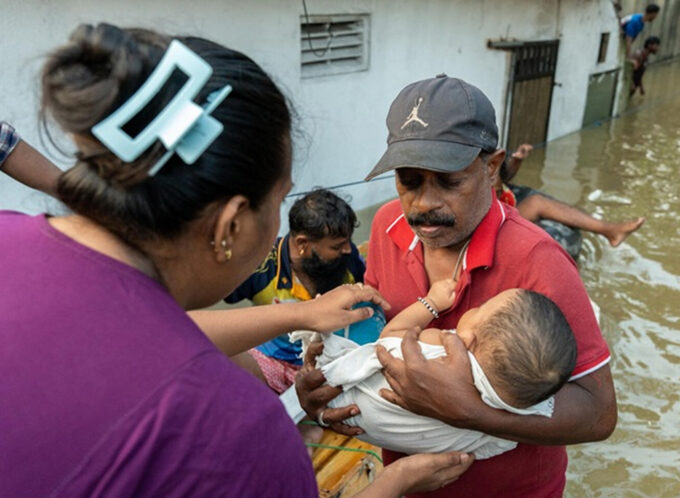
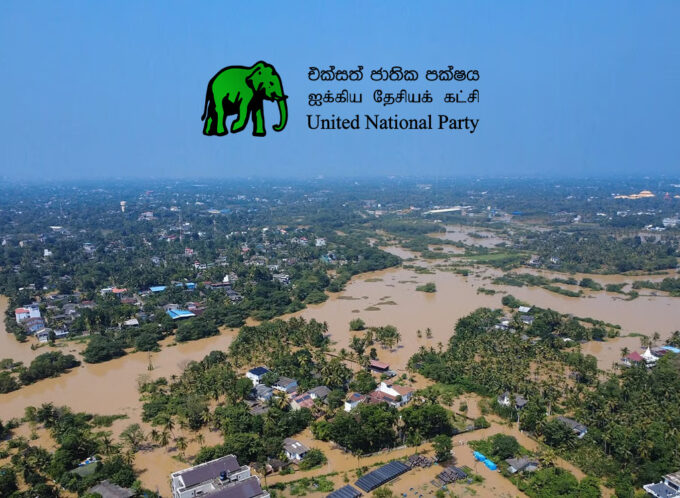

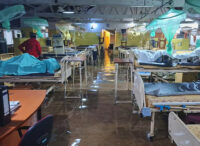
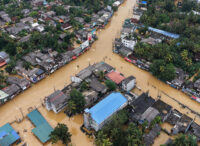
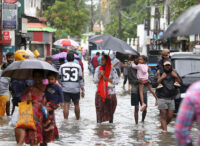
Leave a comment